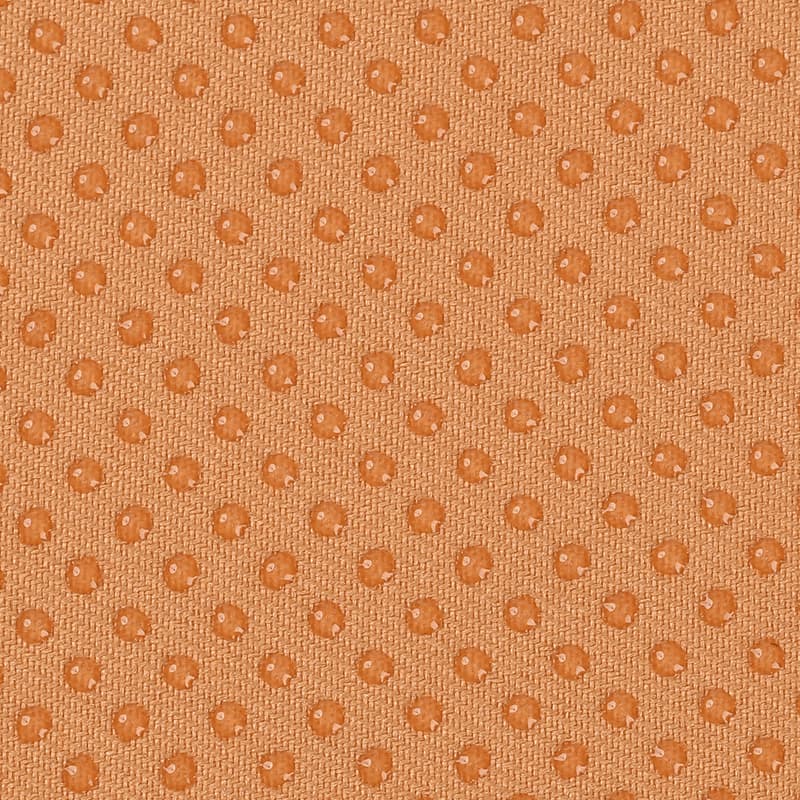Drip molded fabric itself does not naturally possess flame retardant properties, and its flame retardant properties mainly depend on the raw material formula, production process, and the use of flame retardants. From a material perspective, PVC has a certain degree of self extinguishing properties due to its chlorine content, and can achieve a high level of flame retardancy after treatment. It is commonly used in construction and automotive interiors; TPR and EVA are flammable and require a large amount of flame retardants, which is costly and may affect material properties; Silicone is naturally heat-resistant and can meet conventional flame retardant requirements with a little treatment.
The selection of flame retardants is crucial in the production process. Halogen based flame retardants have high efficiency but poor environmental friendliness, while halogen-free flame retardants are greener but may weaken the mechanical properties of materials. At the same time, uniform mixing and process control directly affect the stability of flame retardant effects. In addition, there are significant differences in flame retardant standards for different application scenarios, with different flame retardant level requirements corresponding to home decoration, transportation, and industrial fields.

To determine whether the drip molded fabric is flame retardant, authoritative certifications such as SGS and UL can be consulted, or a simple combustion test can be conducted to observe whether it self extinguishes and whether there are any drips. If the usage scenario requires high flame retardancy, flame-retardant PVC, silicone or aramid based composite drip plastic cloth are relatively stable alternative choices.
If you are looking for related products or have any other questions, you can call our company's sales hotline at 0769-86415161 or 138-2923-0758 at any time. You can also leave us a message below and we will serve you enthusiastically!

